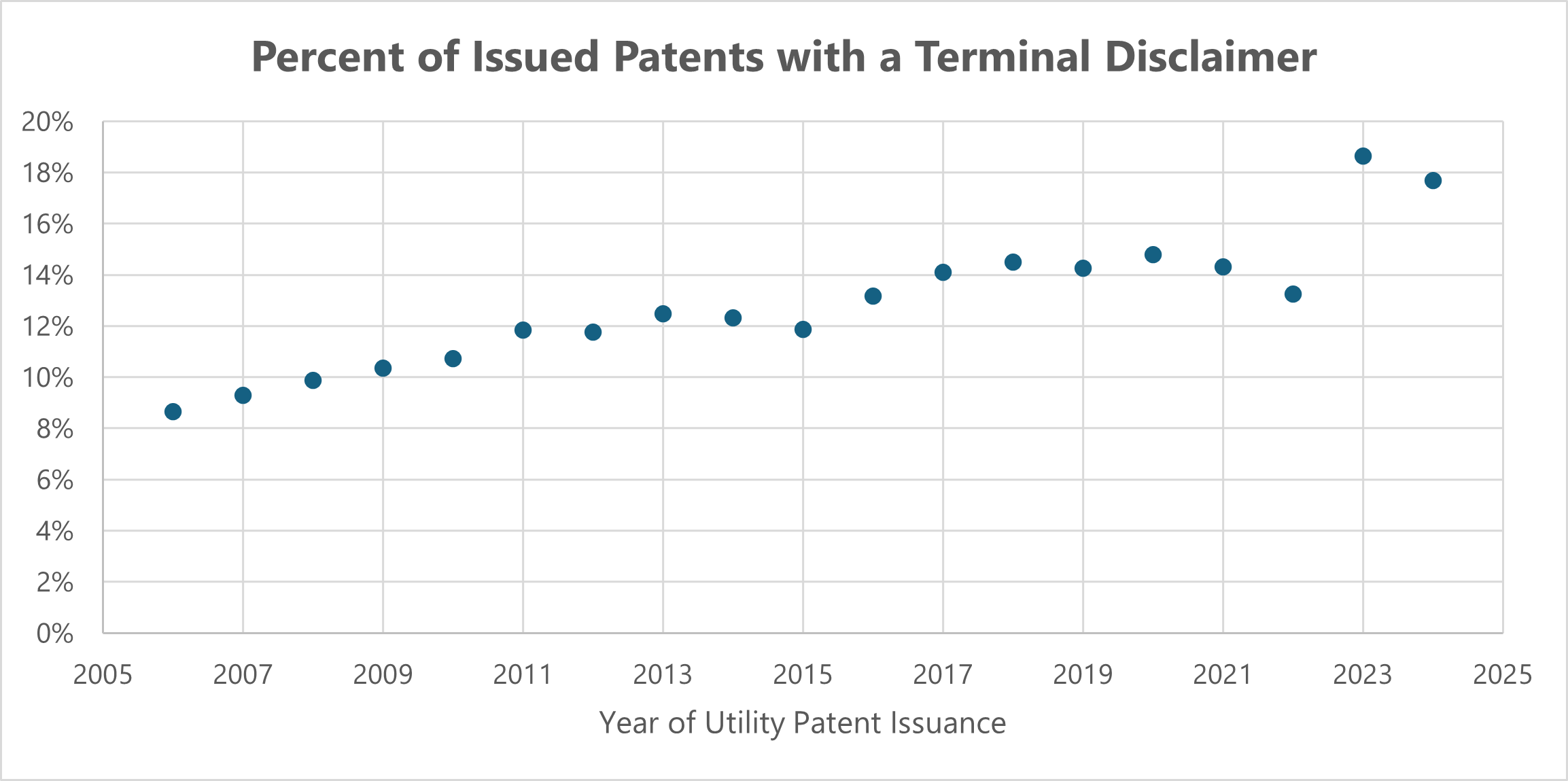by Dennis Crouch
Over the past two months, the USPTO has issued an unusually large number of public comment requests related to various proposed rules and procedure changes. This wave of RFCs includes significant proposals aimed at adjusting patent fees for fiscal year 2025, refining terminal disclaimer practices, and addressing the impact of artificial intelligence on prior art and patentability. The agency is also seeking feedback on formalizing the Director Review process following Arthrex and various changes to IPR proceedings, including discretionary review. And there's more...
To continue reading, become a Patently-O member. Already a member? Simply log in to access the full post.
